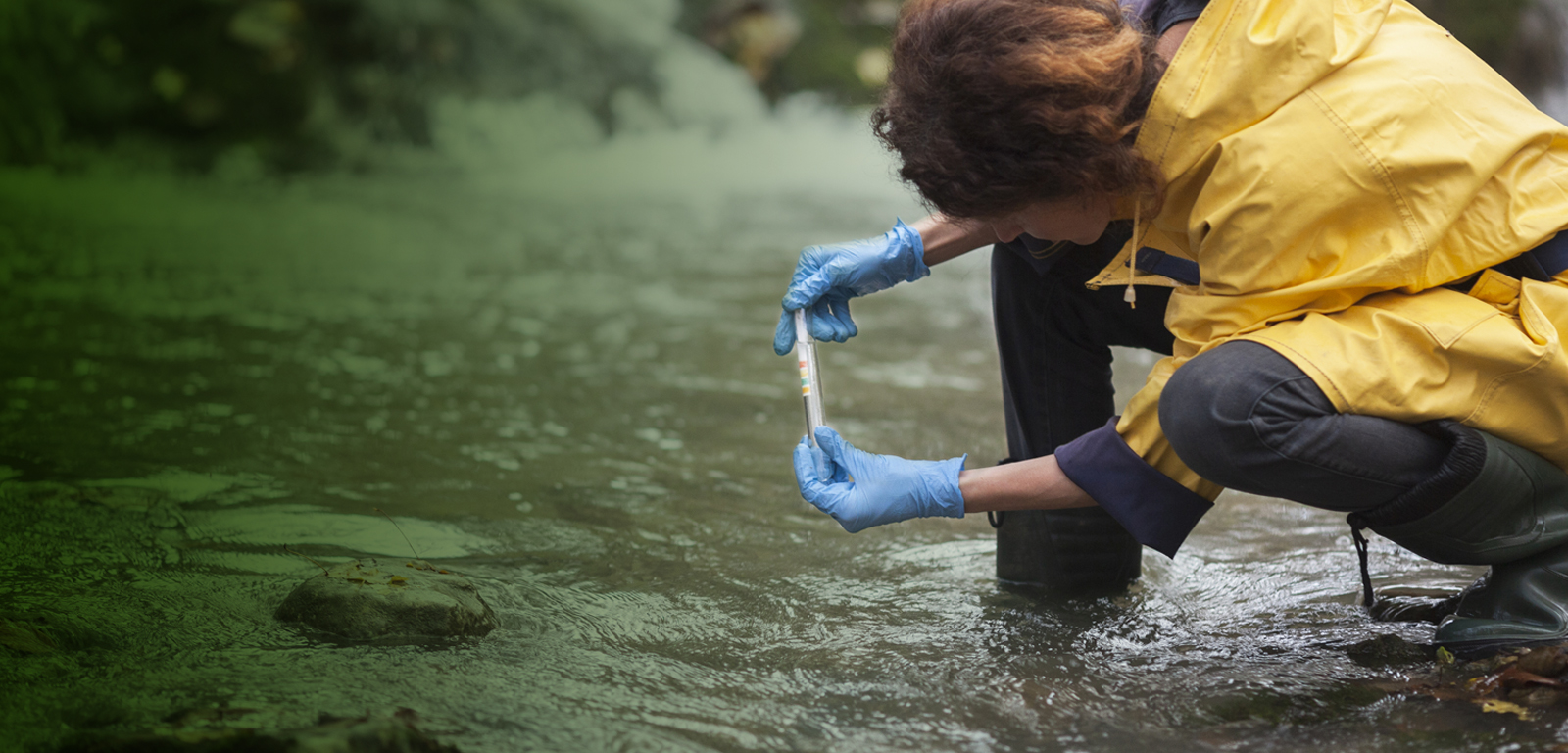Subject
Eutrophication and Harmful Algae
General details of the subject
- Mode
- Face-to-face degree course
- Language
- English
Description and contextualization of the subject
Overview of the effects of harmful algae on marine ecosystems and human health. Factors contributing to harmful algal blooms development. Eutrophication and its control.Aims
¿ To provide an introduction to the biology of harmful algae, the methods for their detection and identification and to their relevance for environmental and human health.
Objectives
At the end of the Unit, you should:
1. understand the biology of harmful algae.
2. be familiar with methods to detect and identify marine phytoplankton.
3. understand the foundations of eutrophication and its consequences for environment and human health.
4. be aware of the factors enhancing eutrophication
Key Skills Acquired
At the end of the Unit, you should be able to:
1. identify the main groups of harmful algae
2. apply methods to detect and identify harmful algae
3. be conversant on eutrophication and harmful algae
Teaching staff
| Name | Institution | Category | Doctor | Teaching profile | Area | |
|---|---|---|---|---|---|---|
| LAZA MARTINEZ, AITOR | University of the Basque Country | Profesorado Adjunto (Ayudante Doctor/A) | Doctor | Bilingual | Ecology | aitor.laza@ehu.eus |
| SEOANE PARRA, SERGIO | University of the Basque Country | Profesorado Pleno | Doctor | Bilingual | Ecology | sergio.seoane@ehu.eus |
Competencies
| Name | Weight |
|---|---|
| Conocer el efecto de los distintos tipos de algas nocivas. | 25.0 % |
| Conocer los distintos métodos que se emplean para detectarlas e identificarlas. | 25.0 % |
| Conocer el proceso de eutrofización y cómo controlarlo. Conocimiento básico del procedimiento empleado para controlar las zonas marinas eutrofizadas. | 30.0 % |
| Controlar las algas nocivas en instalaciones acuícolas. | 10.0 % |
| Controlar el fitoplancton de acuerdo con el contexto de las directivas europeas. | 10.0 % |
Study types
| Type | Face-to-face hours | Non face-to-face hours | Total hours |
|---|---|---|---|
| Lecture-based | 12 | 18 | 30 |
| Seminar | 5 | 7.5 | 12.5 |
| Applied classroom-based groups | 12 | 18 | 30 |
| Workshop | 5 | 7.5 | 12.5 |
| Applied fieldwork groups | 6 | 9 | 15 |
Training activities
| Name | Hours | Percentage of classroom teaching |
|---|---|---|
| Acquiring basic fieldwork skills | 12.0 | 50 % |
| Acquiring basic instrumental skills | 22.0 | 45 % |
| Case analysis | 2.0 | 100 % |
| Expositive classes | 34.0 | 35 % |
| Groupwork | 10.0 | 50 % |
| Information presentation | 20.0 | 25 % |
Assessment systems
| Name | Minimum weighting | Maximum weighting |
|---|---|---|
| OTROS | 0.0 % | 50.0 % |
| Practical tasks | 0.0 % | 20.0 % |
| Presentations | 0.0 % | 40.0 % |
| Written examination | 0.0 % | 40.0 % |
Learning outcomes of the subject
At the end of the Unit, you should be able to:1. identify the main groups of harmful algae
2. apply methods to detect and identify harmful algae
3. be conversant on eutrophication and harmful algae
Temary
Topics covered include:1. Presentation of the different types of harmful microalgae
2. Methods of detection and identification of harmful algae
3. Impact of harmful algal blooms (HABs) on humans, wild fauna and aquaculture
4. Factors triggering harmful algal blooms
5. Eutrophication of estuaries and coastal waters
6. Factors enhancing eutrophication
7. Restoration of eutrophized habitats: case studies
Bibliography
Basic bibliography
Grant, Pitcher & Pillar. 2010. Harmful Algal Blooms in Upwelling Systems. Progress in Oceanography. 85: 1-136.Glibert, Burkholder, Graneli & Anderson. 2008. HABs and Eutrophication. Harmful Algae. 8: 1-188.
Karlson, Cusack & Bresnan. 2010. Microscopic and Molecular Methods for Quantitative Phytoplankton Analysis. IOC (Intergovernmental Oceanographic Commission of UNESCO). Paris, 110pp.
Suthers & Rissik. 2009. Plankton. A guide to their Ecology and Monitoring for Water Quality.


